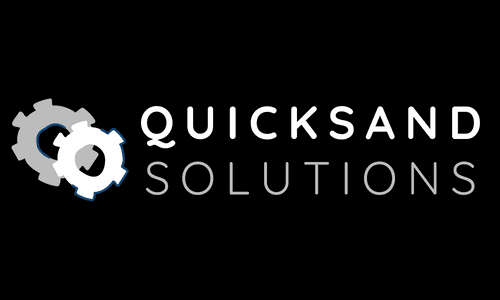In this post, we will compare good design feedback with bad feedback and explore how they can impact the customer experience. Understanding the difference between the two is crucial because while good feedback can lead to improved designs and enhanced user satisfaction, bad feedback can have the opposite effect, ultimately harming the overall customer experience. By examining these contrasting approaches, we’ll gain valuable insights into what makes feedback effective and how to avoid common pitfalls. So, let’s delve into the world of design feedback and discover how it can make or break the customer experience.
— Negative Factors in Design Buy-In —
When it comes to design buy-in, there are certain factors that can hinder the process and lead to suboptimal outcomes. Understanding these negative factors is crucial in order to address them effectively. Let’s take a closer look at each of them:
- Unfavorable Design Perception: One of the major hurdles in design buy-in is when stakeholders have a negative perception of design itself. They may not fully grasp the importance of design in creating positive user experiences and achieving business goals. Overcoming this perception requires educating stakeholders about the value and impact of good design.
- Complex Implementation: If stakeholders perceive the design as complex or difficult to implement, they may hesitate to provide buy-in. This can happen when the design includes intricate features or requires extensive development resources. Simplifying the design or breaking it down into manageable phases can help alleviate concerns and increase buy-in.
- Excessive Perfectionism: Perfectionism can be a double-edged sword in design buy-in. While striving for excellence is commendable, an overly perfectionistic approach can lead to delays and indecision. Stakeholders may get caught up in minute details, causing the project to lose momentum. It’s important to strike a balance between perfection and practicality, ensuring that the design meets the necessary standards without sacrificing progress.
- Inclusion of Unnecessary Elements: Sometimes, stakeholders may request the inclusion of unnecessary elements in the design, such as excessive features or complex functionalities. This can dilute the user experience and make the design convoluted. Designers should communicate the importance of simplicity and clarity, focusing on elements that truly enhance the user journey and align with the project goals.
- Request for Replicated Websites: Stakeholders might have the misconception that replicating successful designs or mimicking competitors’ websites guarantees success. However, blindly copying designs without considering the specific needs and characteristics of the target audience can lead to missed opportunities and a lack of differentiation. It’s crucial to educate stakeholders about the importance of tailored design solutions that address the unique requirements of the business and its users.
— Positive Factors in Design Buy-In —
On the other hand, there are several positive factors that can facilitate design buy-in and contribute to successful outcomes. These factors prioritize collaboration, understanding, and user-centered design. Let’s explore them further:
- Regular Checkpoints: Implementing regular checkpoints throughout the design process promotes transparency and allows stakeholders to provide feedback and make informed decisions. By establishing clear milestones, stakeholders can stay engaged and have a sense of ownership in the design process.
- Frequent Testing: Incorporating user testing and feedback at various stages of the design process is essential for ensuring a user-centered approach. By involving stakeholders in usability testing sessions, they can witness firsthand how design decisions impact the user experience. This promotes empathy and encourages stakeholders to align their perspectives with the users’ needs.
- Deep Understanding of the Product: To obtain design buy-in, stakeholders need to have a comprehensive understanding of the product or service being designed. This involves understanding the target audience, the value proposition, and the business objectives. By fostering a shared understanding, stakeholders can make design decisions that align with the product’s purpose and goals.
- Consideration of Design History: Taking into account the history of design decisions and lessons learned from previous projects can provide valuable insights and context for design buy-in. Understanding the design history helps stakeholders recognize patterns, identify successful approaches, and avoid repeating past mistakes. By acknowledging the evolution of design within the organization, stakeholders can make informed decisions that build upon previous successes and drive continuous improvement.
- Emphasis on Simplicity: Simplicity is a key principle in effective design. By prioritizing simplicity, stakeholders can focus on delivering clear and intuitive experiences for users. This involves streamlining processes, removing unnecessary complexities, and ensuring that the design communicates the intended message effectively. Simplifying the design not only enhances the user experience but also facilitates buy-in by presenting a clear and concise vision.
- Addressing What Is Important: Design buy-in is strengthened when stakeholders align their priorities with the key objectives of the project. By identifying and addressing what is truly important, stakeholders can make informed design decisions that contribute directly to the success of the business. This involves understanding the user’s needs, business goals, and market demands, and ensuring that the design reflects these critical aspects.
